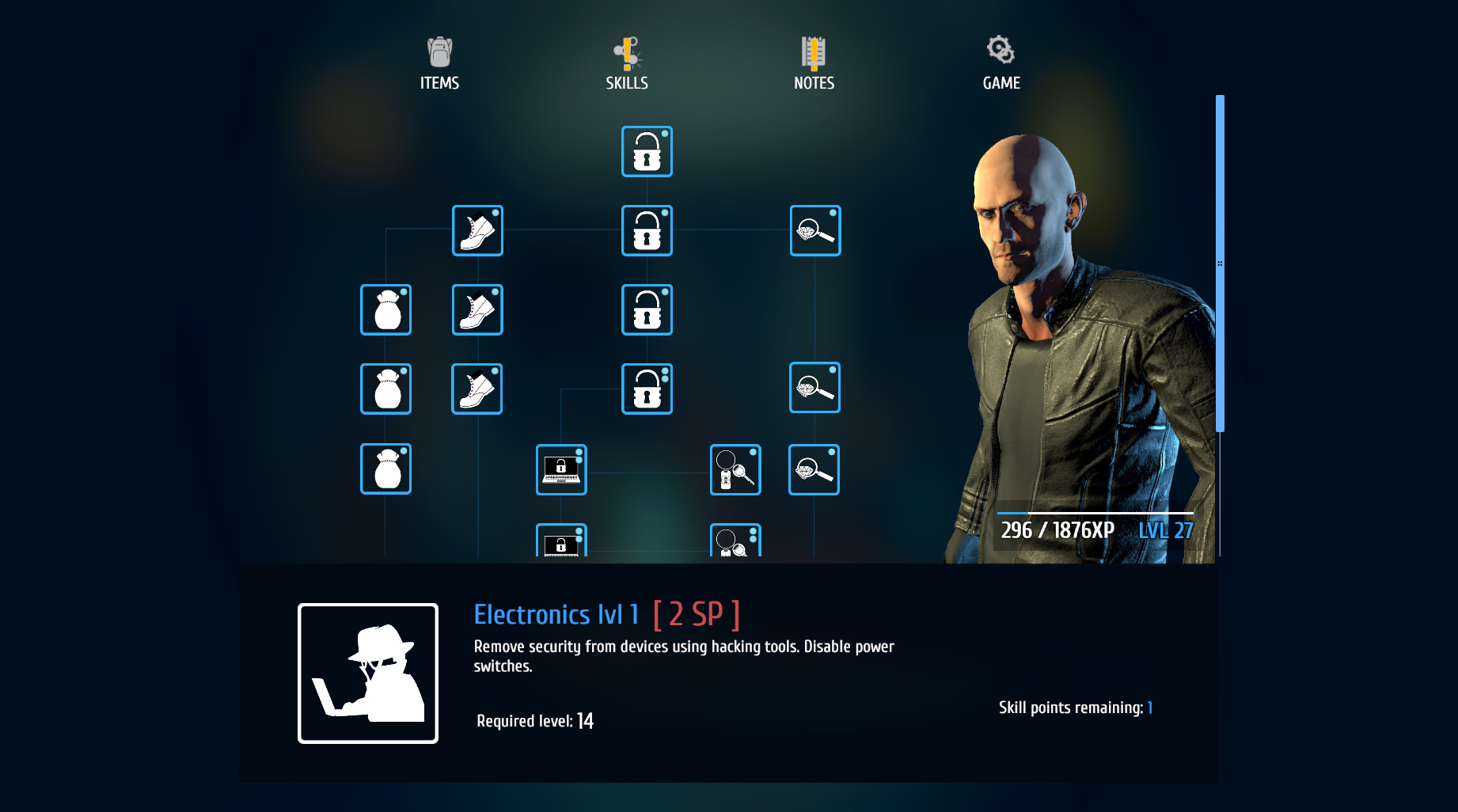
Little did I know, however, that the game was coming to a close. It can get tiresome after a while, and after 7 and a half hours with the game, I was ready to be done. The game only has two maps, and most of the big-ticket items stolen do not replenish, so you find yourself going back to steal basic items like vases and statues in its place. After a while, having to rob the same houses just to grind EXP to progress the story becomes tiresome. Then there is the reality that the gameplay loop, while fun, has its limits. Not only is this incredibly distracting, it also compounds the game’s presentation problems. Civilians, buildings, and vehicles all fade in like it’s a PS1 game. Thief Simulator has, quite possibly, the worst pop-in I have seen in a modern release. I would also be remiss not the mention the pop-in.
#Thief simulator rating series
A Series X showcase this is definitely not. The game itself is also downright unpleasant to look at at points, with some extremely low-res textures. Lighting bugs are plentiful, and texture often clips through each other.

Firstly, the framerate is capped at 30fps which can feel rather sluggish, but is the least of the game’s issues. However, all of this fun comes at the cost of a truckload’s worth of jank and bugs. Hacking is also a lot of fun, and the game even features a black market that reminds me of the one in Obsidian’s underrated gem Alpha Protocol. A simulator within a simulator if you will.

You can also steal cars and rip them apart to sell at a junkyard in a surprisingly robust disassembly simulation. Stealing items is also a load of fun, with careful consideration needed for inventory and carrying larger items. Picking locks is ripped straight out of Skyrim and Oblivion (easy locks following Skyrim’s system, harder ones Oblivion’s) and the latter minigame is actually an improvement over its inspiration. Finally, when it comes to the act of stealing itself, Thief Simulator does a lot right.


 0 kommentar(er)
0 kommentar(er)
